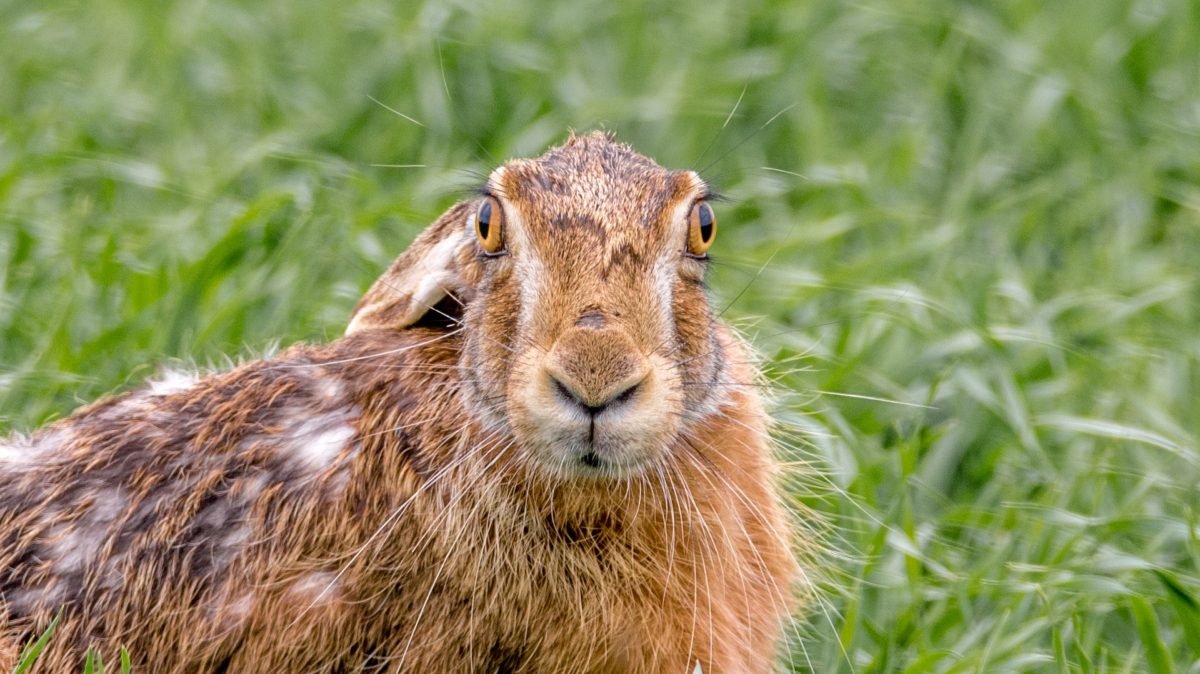-
Hare Coursing – barricading the English countryside

Farmers given free soil to barricade the countryside against hare coursers. Despite the ban on hunting of hares under the Hunting Act 2004, the “sport” of hare coursing is on the increase and in practical terms virtually impossible to stop. It takes huge resources to police and even when offenders are caught there is little…
-
Hares beleaguered on all sides & on the run.

Hares have no legal protection It may come as a surprise to many that the iconic and much loved hare is designated as a pest and a game animal and unlike other game animals has no close season so is totally unprotected under UK law. Therefore, it has no respite at all from being killed…